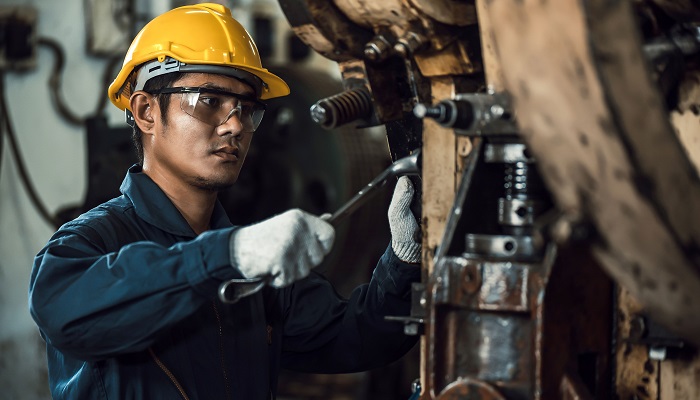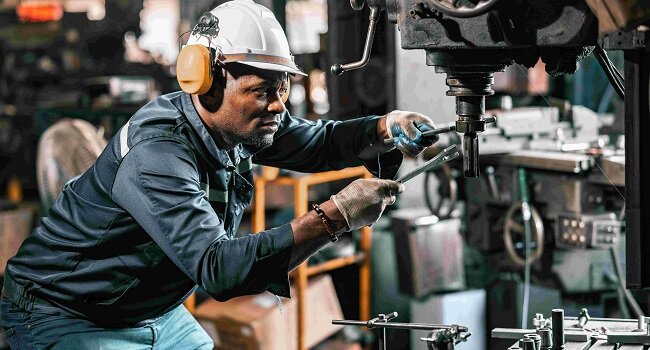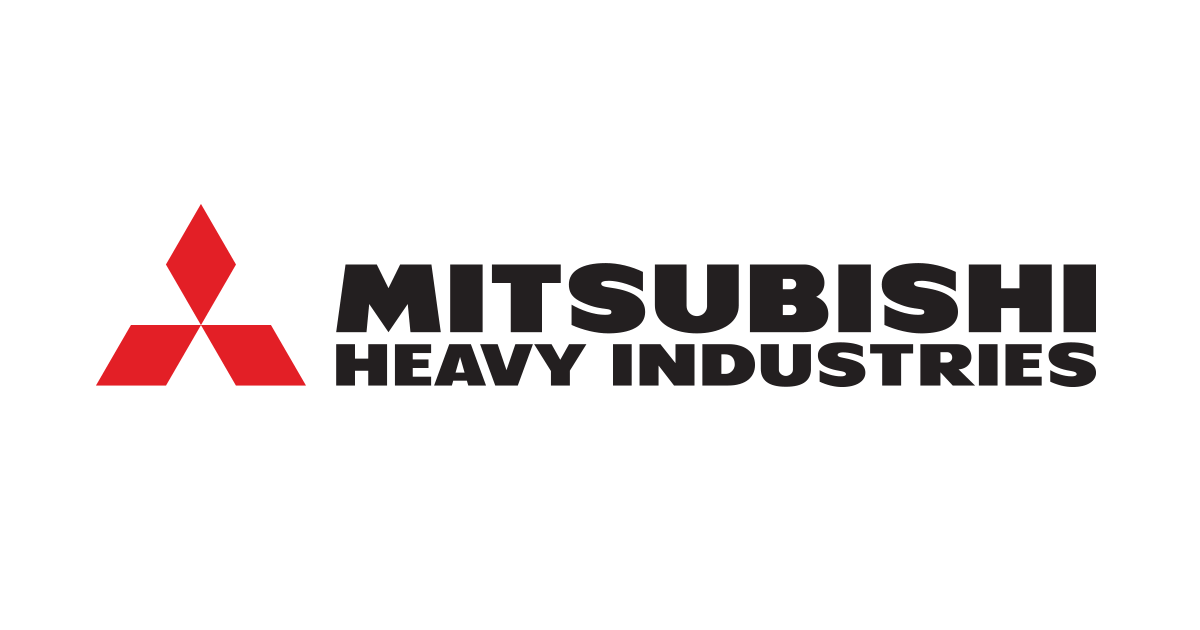10 Machinery Maintenance Tips To Extend Equipment Lifespan
Machinery is the lifeblood of countless industries. From the factory floor to the construction site or assembly line to the farm, it’s the engine that powers progress. It keeps production lines humming, delivers goods across continents, and builds the structures that shape the world. But just like a car or any other complex machine, industrial […] The post 10 Machinery Maintenance Tips To Extend Equipment Lifespan appeared first on World Construction Today.

Machinery is the lifeblood of countless industries. From the factory floor to the construction site or assembly line to the farm, it’s the engine that powers progress. It keeps production lines humming, delivers goods across continents, and builds the structures that shape the world.
But just like a car or any other complex machine, industrial equipment requires regular care and attention to perform at its best and avoid costly breakdowns. If you don’t know where to start, here are some machinery maintenance tips to ensure your operation’s efficiency and longevity.
1. Know Your Machine Inside and Out
Understanding your machinery is the first step to proper care. Familiarize yourself with its components, functions, and potential issues. This knowledge empowers you to identify problems early and prevent major breakdowns. Consult the owner’s manual for detailed information about maintenance schedules and procedures.
Pay particular attention to the adjustable speed drive (ASD) if your equipment is equipped with one. ASDs are sophisticated components that control motor speed and torque. Understanding the ASD’s role in your machine’s operation and its specific maintenance requirements is crucial. For instance, some ASDs might require periodic calibration to ensure accurate speed control.
2. Prioritize Regular Inspections
Consistent inspections are your eyes on your machinery’s health. Check for signs of wear and tear, unusual noises, leaks, or overheating. Address small issues promptly before they escalate into bigger problems. Regular checks also help you identify potential safety hazards.
3. Invest in Quality Spare Parts
Using genuine or high-quality replacement parts ensures your machinery continues to function as intended. Cheap alternatives might seem like a bargain, but they can lead to premature failures and costly repairs.
4. Create a Comprehensive Maintenance Plan
A well-structured maintenance plan is your machinery’s roadmap to a long life. Here’s how to create one:
Outline Tasks and Intervals
List all the essential maintenance tasks your machinery requires. Have daily, weekly, monthly, and yearly schedules. Some common tasks might include checking fluid levels, replacing filters, and lubricating moving parts.
Schedule Downtime for Maintenance
Allocate specific times in your production schedule for preventative maintenance. This helps avoid disruptions and ensures tasks are completed on time.
Assign Responsibility
Designate clear roles and responsibilities for maintenance tasks. Ensure everyone on your team understands what’s expected of them.
Track and Record Maintenance Activities
Maintain a detailed log of all maintenance performed. Include dates, tasks completed, and any observations made. This record-keeping helps identify trends and potential issues.
By following these steps, you can create a robust maintenance plan that ensures your machinery runs smoothly and efficiently.
5. Adhere to Manufacturer Recommendations
Equipment manufacturers spend years researching, designing, and testing their products. They understand the specific requirements of each machine component and the delicate interplay between parts.
Following their maintenance guidelines will help you ensure your equipment operates within the optimal parameters for performance, efficiency, and lifespan. Using the fluids, lubricants, and parts recommended by the manufacturer guarantees compatibility and proper functioning.
6. Train Your Operators
Your operators are the front line of machinery care. Proper training minimizes the risk of damage caused by misuse and equips them to identify potential problems early. Here are some key areas to cover in your operator training program:
Safe Operating Procedures
Train operators on the correct way to start, operate, and shut down machinery. This includes following all safety protocols and using personal protective equipment (PPE) as required.
Routine Checks
Teach operators how to perform basic daily and weekly inspections. This might involve checking fluid levels, inspecting for leaks, and looking for signs of wear and tear.
Importance of Reporting Abnormalities
Inculcate a culture of reporting. Train operators to report any unusual noises, vibrations, or malfunctions immediately. Early detection of problems can prevent major breakdowns.
Basic Troubleshooting
Equip operators with basic troubleshooting skills for common issues. This empowers them to address minor problems and minimize downtime.
By investing in comprehensive operator training, you’ll cultivate a skilled workforce capable of supporting optimal operations and maintenance practices. This, in turn, leads to increased equipment uptime, reduced maintenance costs, and improved overall system performance.
7. Keep Your Machinery Clean
Dirt, debris, and contaminants are enemies of machinery. Regular cleaning prevents buildup that can hinder performance and cause damage. Remove dust, oil, and coolant promptly. A clean machine is also easier to inspect.
8. Store Machinery Properly
When not in use, store machinery in a clean, dry environment. Cover equipment to protect it from dust and moisture. For outdoor storage, consider using protective covers or shelters. This helps prevent corrosion, which can weaken critical components. Additionally, proper storage safeguards your machinery from accidental damage and keeps it ready for use when you need it.
9. Document Maintenance Activities
Maintain detailed records of all maintenance tasks, inspections, and repairs. These records provide valuable insights into equipment performance, help identify recurring issues, and support warranty claims.
10. Encourage a Culture of Maintenance
A strong maintenance culture involves everyone in the organization. From management to operators, everyone should understand the importance of equipment care. Recognize and reward employees for their contributions to maintenance excellence.

Conclusion
Proper machinery maintenance is a combination of knowledge, planning, and action. By following these tips, you can extend your equipment’s lifespan, improve efficiency, reduce downtime, and increase your bottom line. Remember, a well-maintained machine is a valuable asset to your operation.
The post 10 Machinery Maintenance Tips To Extend Equipment Lifespan appeared first on World Construction Today.

 machineryasia
machineryasia 



